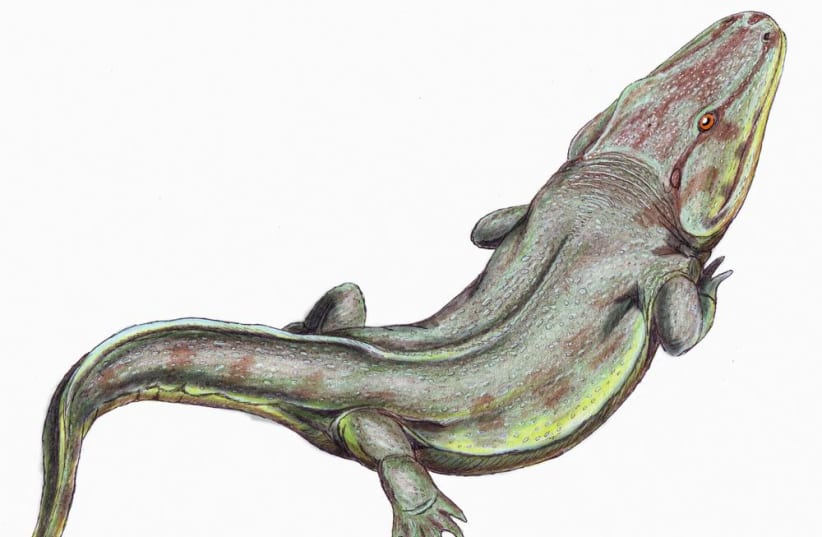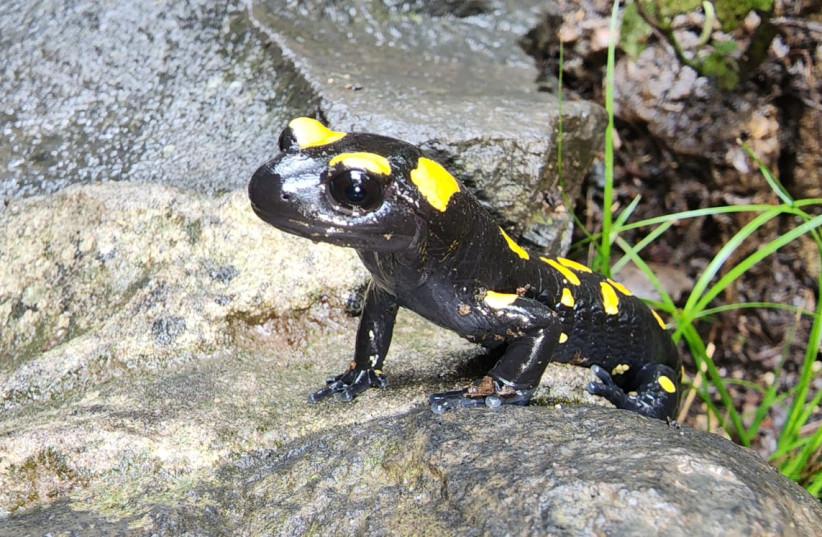Before the dinosaurs, there were giant amphibians – and scientists managed to figure out how they moved, according to a recent study that determined they moved very similarly to crocodiles.
These giant amphibians were once dominant predators up until the rise of dinosaurs in the Triassic Era.
The findings of this study were published in the peer-reviewed academic journal PLOS ONE.
Frogassic Park: When amphibians ruled the world
Nowadays, the common conception of amphibians is in the form of small frogs or salamanders. However, that wasn't always the case.
Hundreds of millions of years ago during the Late Permian Period, the world was at the mercy of huge crocodile-like amphibians that swam through the waters and walked on the surface.
One of these creatures was rhinesuchid temnospondyls, a large two-meter-long predator that once roamed the area now known as the KwaZulu-Natal Province of South Africa.
The fact that these animals existed isn't anything new – fossils already told scientists that much.
In fact, the existing fossil record and scientific research have told scientists a lot about these predatory giant salamanders.
They boasted a mouth of sharp teeth for hunting fish and small eyes located on top of their head.
The latter point is interesting because scientists believed it implied that these amphibians approached their prey from below. But what does that say about their overall movement and behavior? How exactly did they move?
This new study has shed some light.
The researchers behind the study managed to look at a set of trace fossils in the David Green paleosurface site. Specifically, these were body impressions and markings that were found on a rocky surface that, hundreds of millions of years ago, was on the floor of a lagoon in the ancient Karoo Sea.
There were a few kinds of traces found, though the most important ones were the resting traces, from when the giant salamander was resting, and swimming traces, which are traces of its tail made as it swam by.
These traces were then analyzed by a number of different methods, such as drone photography and 3D surface scanning.
Overall, the presence of both indicates that whatever made these traces did so as it moved from one resting spot to another.
But what does this tell us about how they moved?
It turns out, quite a bit.
The researchers already know what these animals looked like due to fossil records. This means they have a pretty good idea of what its trace impressions would look like too.
The traces indicated the shape of the body as well as tails. What was missing, though, was a comparative number of footprints.
Why were there no footprints and what does this mean about its movement?
Well, what other animal moves through the water by basically only using its tail despite having feet?
That would be crocodiles, the large predatory reptiles that still remain throughout the world today as a lasting remnant of the age of dinosaurs.
Crocodiles boast tails longer than their entire bodies. They move through the water by tucking their legs in and using their long tails to push them through the water through continuous side-to-side motions.
Interestingly, modern salamanders move the same way in the water.
So too, then, would these giant salamander-like behemoths have swum in the water.
Its feet, then, were likely used for walking on the bottom, possibly while looking for food or hunting.
It was a movement style that served it well at the time, but one that soon fell out of favor as evolution progressed and the age of amphibians passed.

